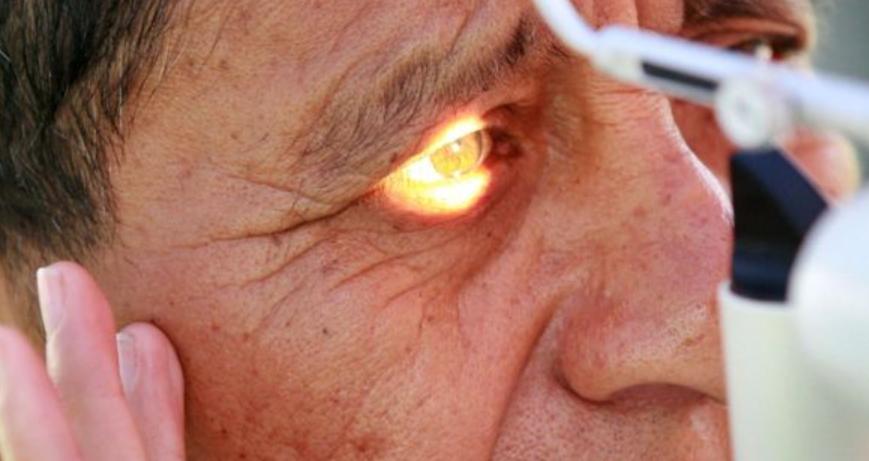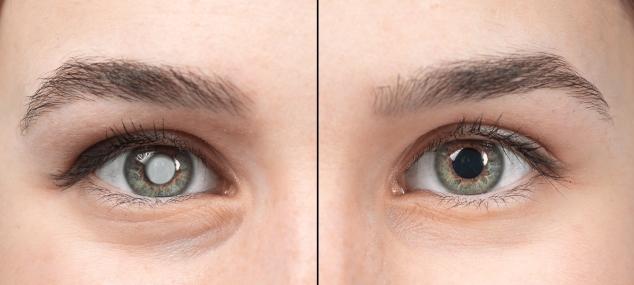In this disease, the crystalline lens becomes opaque, which produces an alteration in vision
According to the World Health Organization (WHO), at least 65.2 million people suffer from cataracts. This disease occurs when the crystalline lens, which is the natural lens of the eye, becomes cloudy, causing a change in vision. The cloudiness is a result of the normal aging process of the eye, similar to how gray hair, wrinkles, or freckles appear as part of the aging process. Everyone will eventually develop a cataract at some point in their lives.
Typically, lens dysfunction occurs after the age of 50. By the ages of 50 to 55, about 10% of people have cataracts, while between 55 and 65, the number increases to 30%. From 65 to 75, nearly 80% of people have cataracts.
Prevention

Blurred vision is the first symptom of cataracts, which can negatively impact a person’s quality of life. Although there is no guaranteed way to avoid the onset of cataracts, there are ways to slow down the process and delay its appearance:
- Consume a balanced diet. A high intake of vitamin A can help maintain good eye health due to its antioxidants. This nutrient can be found in foods such as broccoli, carrots, beetroot, spinach, pumpkin, among others.
- Engage in regular exercise. Regular physical activity helps reduce the risk of developing serious vision problems as it stimulates microcirculation throughout the body.
- Wear protective eyewear. Excessive exposure to ultraviolet (UV) rays, either from high temperatures or the sun, can cause protein damage in the lens and accelerate its deterioration. It’s crucial to wear appropriate protective eyewear, with adequate UV protection factors, depending on your occupation and daily activities.
- Attend your annual eye examination. It is recommended to have an annual eye examination starting at the age of 50. During the examination, various visual functions of the patient will be evaluated to detect any alterations, and necessary recommendations can be provided as needed.
What is the treatment for cataracts?

This condition can only be treated through surgery, which is quick and safe. With the help of modern techniques and advancements in microsurgery, cataracts can be treated in their early stages. So, it is important to visit an ophthalmologist as soon as you experience any visual discomfort.
The procedure for treating cataracts involves placing an intraocular lens in the patient’s eye. This lens helps to prevent the return of the cataract. The surgery typically lasts between 6 to 12 minutes, with the patient being anesthetized using eye drops, and no sutures are needed in the eye.
Thus, it is possible to recover the visual quality that the person had between the ages of 25 and 35. Likewise, recovery after the intervention is quite fast, so people can return to their routine activities 72 hours after having undergone the procedure.
It should be remembered that, before operating a cataract, the patient must go through a series of biometric evaluations to, accordingly, evaluate the condition of the visual system and select the best intraocular lens according to their case.



